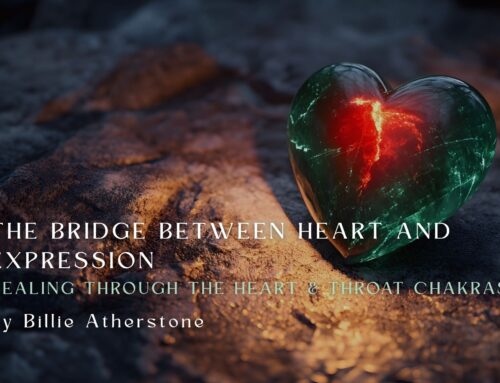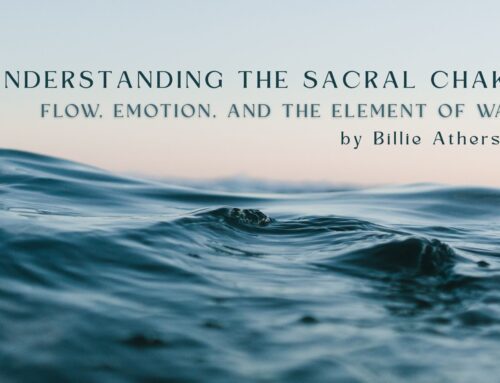Written by Acupuncture Therapist Renee Knott
Anyone who has received acupuncture will know that fine needles are carefully inserted into specific places called acupuncture points along a meridian or “energy channel”. But what exactly is a meridian or “energy channel”?
A meridian is a pathway or channel through which the “qi” or vital energy flows in the body. In Chinese Medicine there are 12 main meridians and 8 extra meridians, with many other “connecting” meridians that link everything all together (In Ayurvedic medicine, they recognise 72,000 channels or nadis!).
The meridians travel together all along the body in an upward and downward direction and move inwards, linking with the Internal Organs. They form a dense and complex network carrying vital energy to all parts of the body. Each meridian has a superficial pathway, where the acupuncture points are located, and a deep pathway into the abdominal and chest cavity amongst the internal organs. It is through this connection that we can affect the functioning of an internal organ with acupuncture needles, that is, by affecting the flow of energy in its related meridian.
One way of explaining the meridians is to liken them to a network of waterways such
as rivers, canals and seas. It’s almost as if the qi in the channels travels through the meridians like water does down a river. There are places where the water flows more shallow and quickly, or more deeply. There may be other places where the water level is low and hardly flows at all, creating stagnation. This is similar with the flow of “qi” or vital energy through a meridian. It is the goal of an Acupuncturist to ensure a healthy flow of qi through the meridians in the same way we like to see full, healthy flowing rivers making their journey out to the sea.
Renee Knott is a qualified Acupuncturist and Thai Massage Therapist at Kundalini House. If you would like to make an appointment please contact Renee at the clinic or 0422034039.
“One way of explaining the meridians is to liken them to a network of waterways, such as rivers, canals and seas.”








Leave A Comment